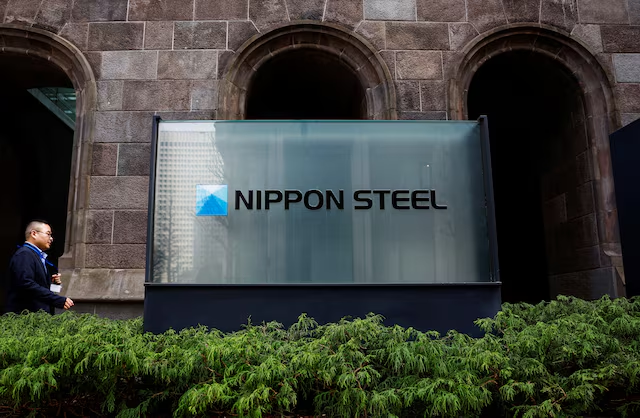Nippon Steel, Japan’s leading steelmaker, reported a net profit of 350.2 billion yen ($2.41 billion) for the fiscal year ending in March, representing a 36% decline compared to the previous year. Despite the drop in profits, the figure surpassed analysts’ expectations, which had forecasted a net profit of 334.3 billion yen for the same period. The decline in profit was attributed to a combination of factors, including challenges in the global steel market and rising costs for raw materials, which weighed heavily on the company’s performance.
Looking ahead, Nippon Steel has forecasted a significant decrease in profits for the upcoming fiscal year. The company anticipates a net profit of 200 billion yen for the year ending next March, a cautious outlook driven by ongoing uncertainties in the global economy and steel industry.
In addition to its earnings report, Nippon Steel’s $15 billion acquisition bid for U.S. Steel, which was rejected by former U.S. President Joe Biden, remains under review by U.S. authorities. The proposed deal is still under consideration, and any progress will depend on regulatory approval, adding further uncertainty to the company’s outlook.
The steelmaker’s ability to recover in the coming year is contingent on several factors, including potential improvements in global demand for steel, stabilization in raw material prices, and the resolution of the ongoing review of its acquisition bid. Nippon Steel’s performance in the coming months will be closely watched as the company navigates these challenges while working to secure its position in the increasingly competitive global steel market.
Despite the challenges, the company’s ability to exceed analyst expectations this year highlights its resilience in a difficult market environment. However, the forecast for the next fiscal year suggests that more obstacles lie ahead. As the global steel industry continues to face pressure, Nippon Steel’s ability to adapt to changing conditions and successfully implement its strategies will be crucial for its long-term success.
READ MORE:
